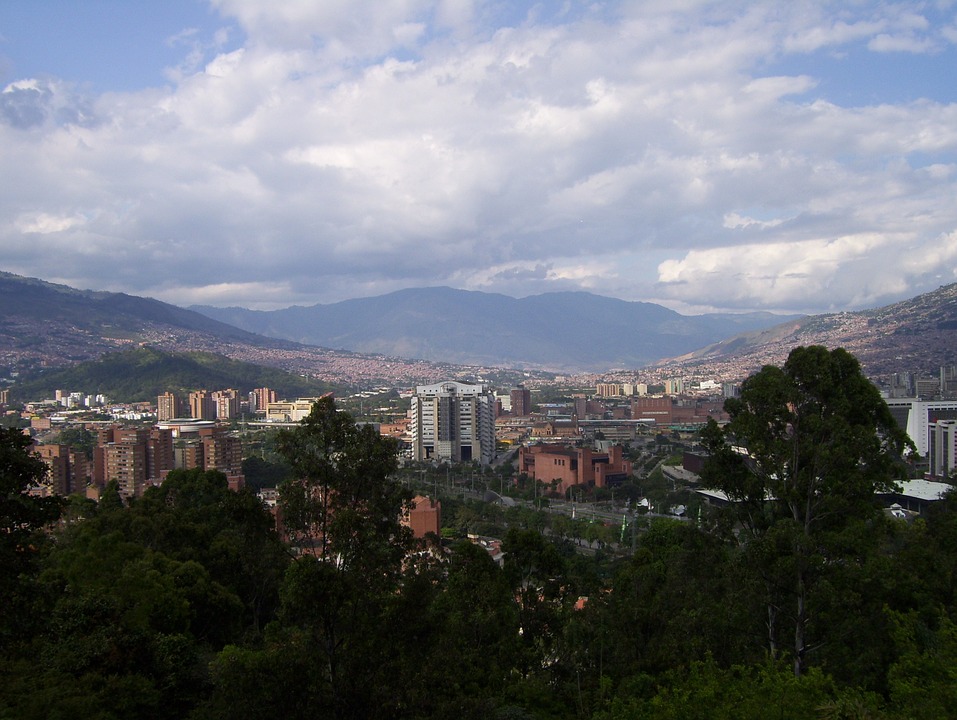The digitalisation of the economy has been a blessing for the city of Medellín.
It helped it transform from a murder capital to one of the most innovative cities in the world. It creates opportunities, attracts talent and capital from home and abroad.
For the local treasury department, however, the increase in e-commerce has become a challenge: Tax evasion, which is widespread offline, is also increasing online. Many small and micro entrepreneurs use Instagram and Facebook to maintain a web presence through which they conduct their business, or at least parts of it – often without paying taxes.
The treasury department initially took up the challenge in the traditional way, searching social media manually and assigning an employee in part to this task. On average, she managed to identify six stores per hour. It quickly became apparent that this was not a sustainable solution.
Computers working overtime
Today there is no need for an employee to fulfil this task anymore.
Instead, a computer program searches for relevant hashtags, key words and other information. It then updates a database of profiles the officers can match with their own data and that of the local telephone providers. Instead of six profiles per hour, the software manages 45, and it does not mind overtime.
With the time gained, the tax office can contact all businesses that are not registered and work with them to help them legalise their businesses.
This change did not come about by itself. Rather, the project was developed in a process that the Innovation Lab of Medellín’s business and innovation centre Ruta N facilitated. Among other clients, the lab helps governmental agencies identify challenges and brings them together with local businesses, universities and NGOs, who pitch solutions to these problems.
This is how the treasury department came in touch with Grupo Bootes, the company that subsequently developed the bot.
Yet there was more to it than just participating in the innovation process.
Why innovations fail
As an evaluation that the lab has recently carried out shows, only two out of ten agencies that participated in the first year’s cohort have kept working on the project that they developed as part of the process.
What kept the other’s agencies, many of which enjoyed the process and had the intention to carry out the pilot, from doing so? Three reasons stand out.
Evaluation is key for government laboratories
First of all, money. The majority of agencies that stopped the project quoted financial restrictions as a reason for doing so. This was linked to human resources, which they could not justify to put on the project once the process at Ruta N was over.
This leads to a second reason: The wheels of bureaucracy. Once participants left the cohort, it became a struggle to integrate new ideas into old structures, especially since only a few members from each agency had taken part in the process. The less urgent the problem and the less tangible the proposed solution, the harder it became to gather the political will to implement even a small pilot.
This reason is again linked to a third one, namely the short time of the process. There was a sprint over three months to clearly define the problem and develop a solution with a third party. After that, the three most promising projects receive financial support to test a pilot of their idea.
That means the support ends after three or six months, which often was not enough support to ensure long-term impact. Participants felt that there was enough time to define a problem, but not to find and implement a solution.
Making the wheels of bureaucracy turn faster
If these three factors made a difference as to why innovation projects succeed in the public sector, what do we take away from it?
First of all, that there are trade-offs when it comes to testing of pilots and the support that can be provided: Given fixed resources, the more pilots you support, the less you can provide financial and personal assistance.
While there is no clear-cut solution to this problem, it stresses that evaluation is key for government laboratories. This is not only to see where their work has impact and where not, but to individual pilot projects, since it is necessary to decide which ones to scale, and which to drop.
Finally, there is a need to support public servants more long-term, at least methodologically and to help them gather political will. Clearly defining next steps and milestones, and regularly following up on them can be one way to help the wheels of bureaucracy turn faster. After all, as the tax office in Medellín, just like many public servants around the globe, have shown, the public sector will also keep pushing innovative projects.
This piece originally appeared on Apolitical, the global network for public servants. You can find the original here.
(Image: Pixabay)

